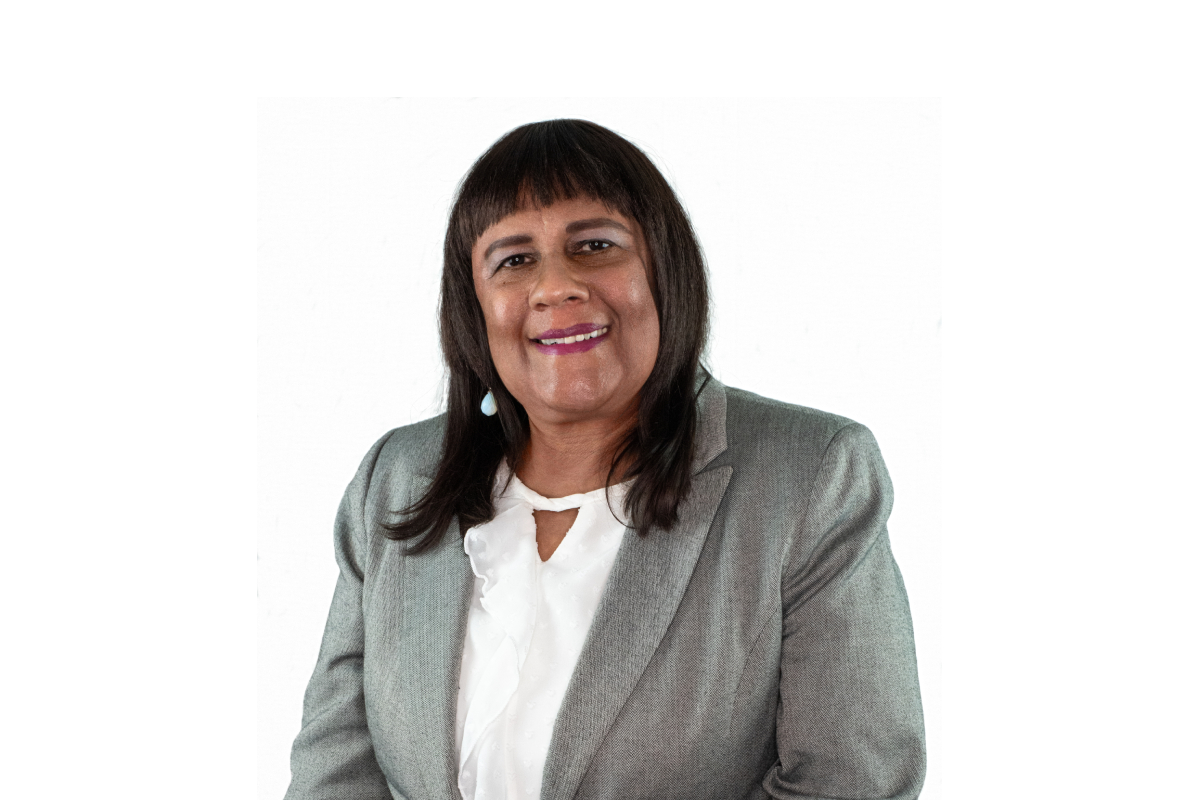Paula Morand is an award-winning keynote speaker, author, and visionary. An entrepreneur herself, Paula has brought her wisdom, wit, and energy to bear in her more than two decades of experience. Morand has ignited individuals, organizations, and communities to lead change, growth, and impact, and to reach for success. She was previously featured in The Edge, A Leader’s Magazine where she discussed her book, Bold Vision: A Leader’s Playbook for Managing Growth, and this is part of that interview.
What is Bold Vision: A Leader’s Playbook for Managing Growth about?
It’s about change and growth on a personal and business level. We have been fed a philosophy that change is difficult and arduous, but I believe that none of us are really wired to stay stuck in the status quo. We are actually wired to change, to be innovative and see our world in new ways. All that is really required to grow yourself as a leader and take your business to the next growth stage is to see yourself and your world differently. Bold Vision is a how-to guide to get to that place. It’s not a step-by-step guide so much as a reading experience that brings you to an all-encompassing mindset change.
You focus on both business growth and leadership in this book. How do you see the two as related?
They go hand-in-hand because every entrepreneur at heart must be a leader if they are to take their company to the next stage of growth. And every person in business must first be able to lead themselves if they are going to achieve their goals and inspire others. I believe that we all need to know why and how we want to grow, how to measure that growth and how to recognize growth opportunities. That requires all of us learning how to look past the obvious.
You have an amazing career as a multi-award-winning entrepreneur, author, and speaker. How do you keep the art of innovation alive within you, so your message is always new and fresh?
I think that for all of us, not just for myself, that the challenge of developing an innovative mindset to grow your leadership and your business is that we have to be able to take our ideas down long, dark and winding roads to implementation and impact. We can’t give up just because we hit a hill or a bumpy patch. In other words, we have to have great ideas, but also the need to take those ideas and cultivate them and grow them to reality. To do that you need to think differently from the average person, and you need to act differently.
You have been a coach, consultant, and mentor for almost 25 years, and in that capacity, you have worked directly with many entrepreneurs and industry leaders. What in your opinion is the distinguishing trait of an effective leader?
I think the most effective leaders today are the ones who can anchor themselves to the present, not the past. Let me explain that. When you say “growth” in most countries around the globe today, the first thing the CEO does is reach for the last budget figures and start to figure out where they could go from there. But by doing that, they are anchoring themselves and their thinking to the past. To have the distinguishing trait of a successful leader today, you need to be conscious of what was done in the past, but you must anchor your growth dreams on what is happening right now and what you anticipate will happen in the future. Otherwise, you will just keep shuffling around in the status quo.
The whole theme of this book centers on growth. How would you define business growth?
Growth is about finding a way to make more people your clients and more products or services to create new revenue streams. It is also a way to get more people working for you to help you achieve your goals. This allows you time to find new markets and target them effectively. Businesses that don’t grow or think they can stay in the status quo zone will eventually see their piece of the pie get smaller and smaller, and ultimately, they will fail.
What is the one question leaders and entrepreneurs need to keep asking to maintain their growth mindset?
We all have to keep asking ourselves “what else is possible?” Being open to amazing possibilities allows you to reframe your ideas about what is possible and to think different, and that is the impetus for authentic growth. When you adopt a winning mindset that you are willing to grow, you need to know what opportunities look like.
Why is the growth phase so vital in a business that has already had a successful start-up?
To me, the growth phase of your business is even more important than the start-up phase, which so much of our business literature is focused on. But you have to get your business on the growth track because there is more to gain and more to lose at this second phase. It is a shocking reality that eight out of 10 new businesses fail within three years. Oftentimes, these failing enterprises had successful start-ups, but then they plateaued. You have to keep growing to be sustainable.
Does a leader have to have a certain style for growth? We hear so much today about different kinds of leadership from the autocratic leader to the servant leader. Which one works best for growth?
Any kind of leadership style can be adapted to growth. Whether you are a bold leader or a quiet leader, an autocratic leader or a servant leader, deep down you have the courage to move from the lane you are in to a faster one and make it a successful maneuver. Figure out a way to incorporate the growth mindset into your unique personality and style and go for it.
Jennifer M. Williams | Editor-in-Chief




















